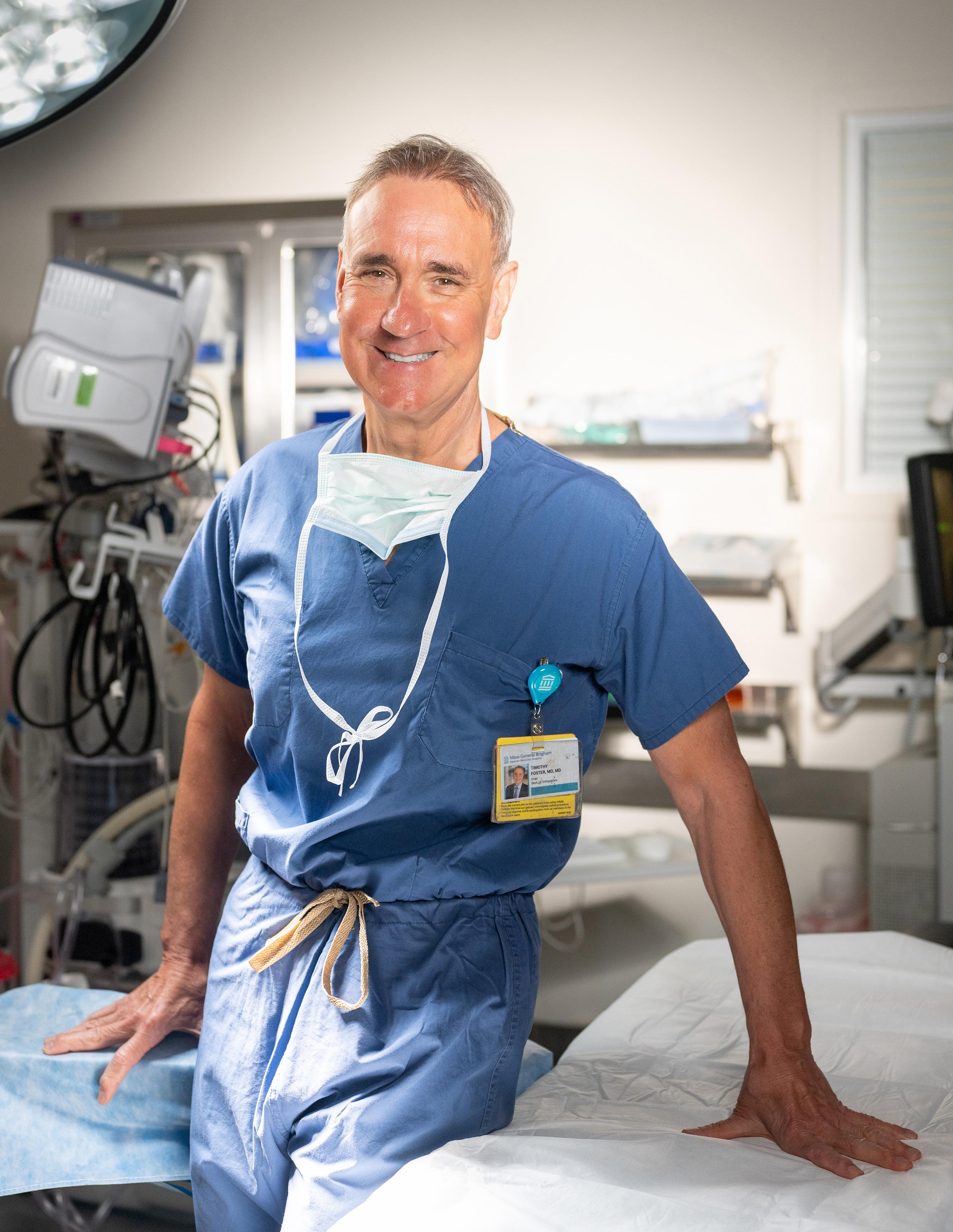
6 minute read
The future of orthopedics
For the field of orthopedics, so many exciting advances are on the horizon. NWH strives to stay on the cutting edge, empowering patients to embrace life to the fullest.
On any given fall weekend, you’ll likely find Timothy Foster, MD, MBA, MS, patrolling the sidelines of a Boston College football game with his Sports Medicine colleagues from Newton-Wellesley.
NWH’s visionary chair of orthopedic surgery first dreamed of a future in medicine as a college athlete himself. Early on, “the ability to change people’s lives drew me towards orthopedics,” he reflects.
In a field shaped by constant progress, innovations have profoundly improved patient outcomes and experiences. Our orthopedic specialists are continually seeking—and finding—ways to make healing happen more quickly, thanks to advanced surgical techniques and the use of new therapies.
Following Dr. Foster’s lead, they’re keeping their eyes on the future—including what the exciting new Center for Bone and Joint Preservation will mean for our patients’ lives.
A growing “team of teams”
When it comes to orthopedic issues, getting the right care at the right time can lead to swift relief and a trajectory of lifelong health and wellness.
From the best in regional spine care to outpatient joint replacements to game-changing sports medicine, our specialists are committed to providing world-class care close to home. Together, “we aim to restore mobility, strength, and hope to every patient who comes through our doors,” Dr. Foster reflects.
Since 2012, when a national search led to him becoming the department’s inaugural chair, demand for NWH’s services has grown dramatically. Today, “we’re seeing more patients than ever before,” he notes. Along with a surge in outpatient visits, the volume of orthopedic surgeries has more than doubled in the past decade.
“I have to give thanks to the entire team,” he adds gratefully. “We are a team of teams. And the leaders of those teams are just incredible.”
Getting you back in the game
Speaking of teams, Dr. Foster sees the Mass General Brigham partnership with Boston College athletics as a point of pride. NWH Sports Medicine provides team physicians for all of BC’s 31 varsity teams.
“While that helps to drive us, part of sports medicine is taking care of the weekend warriors as well,” he adds. Personally, “I just love helping people get back to the things they love to do, and it can be anybody from a varsity football player to an octogenarian who’s playing pickleball.”
Athletes of all ages, pursuits, and levels turn to Newton-Wellesley for expert care. “All of that is sports medicine,” Dr. Foster emphasizes.
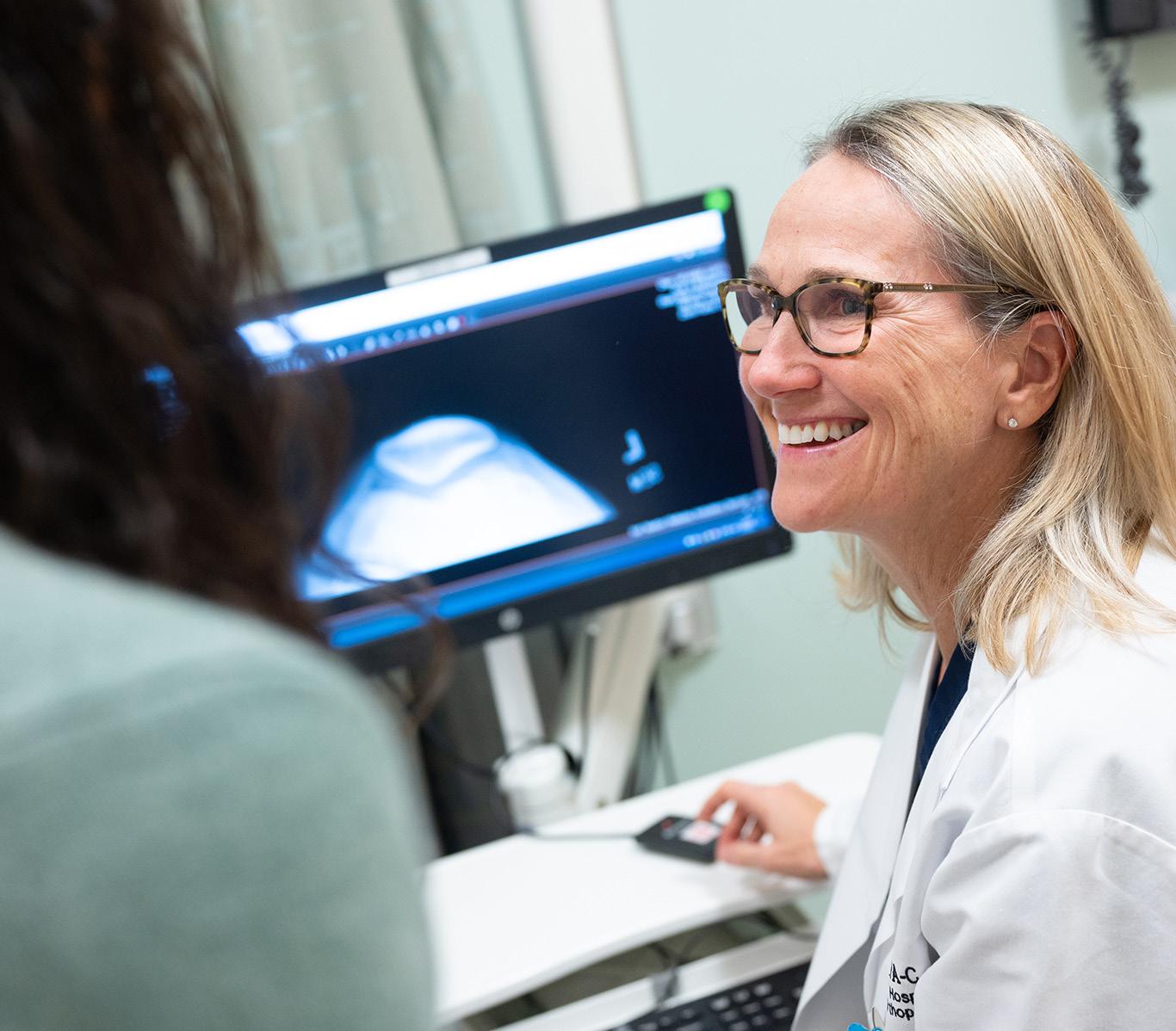
As a field, “it’s ever-changing,” reflects Robert Nascimento, MD, chief, Sports Medicine. Since joining our hospital staff a decade ago, he’s seen an ongoing evolution in treatment options.
“We want people to stay active,” he says. “Whatever it is you play, we’ll help keep you playing longer.”
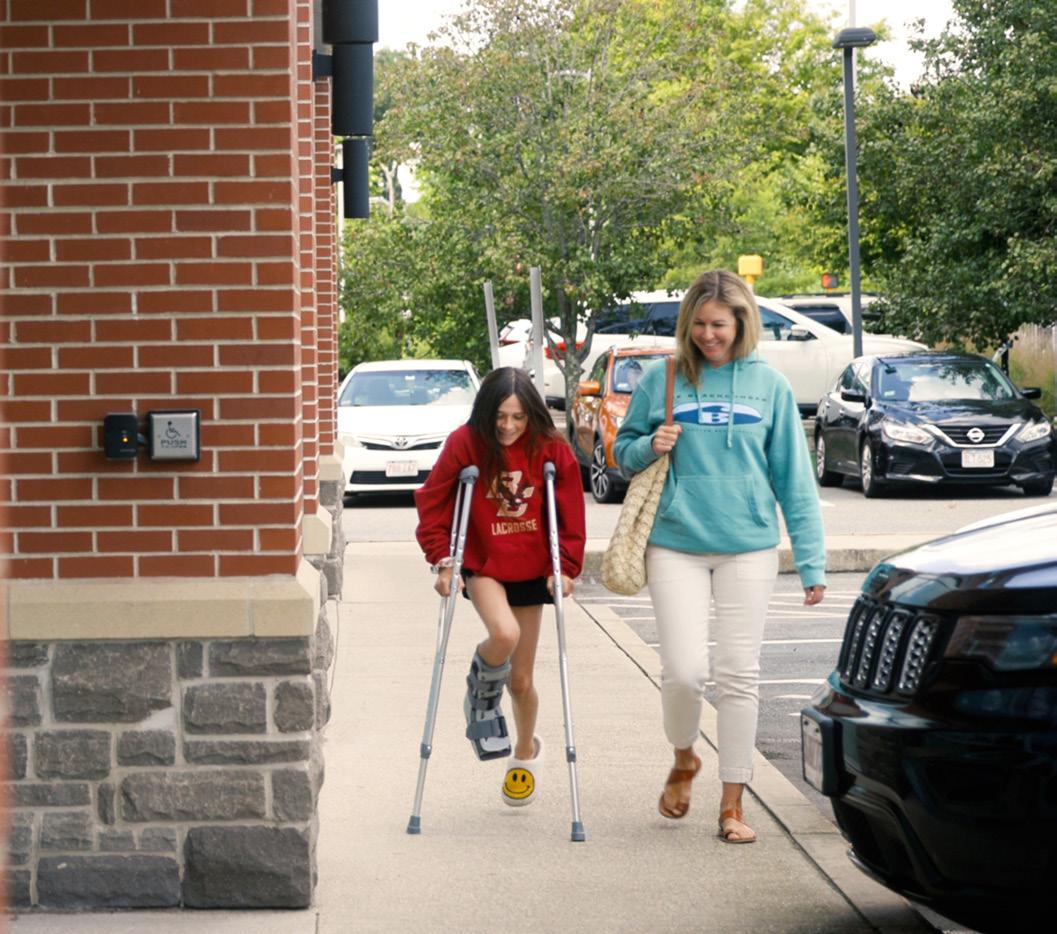
Advances in spine care
“Everyone wants to thrive in life,” reflects Jessica Aidlen, MD, chief, Spine Surgery. “The joy of my practice is making sure that you are the best version of yourself.”
She points to an explosion of enabling technologies as helping her team at the NWH Spine Center to achieve that. “The way that I treat my patients today is very different from even five years ago,” she says. “I’m excited to see how new breakthroughs change even more lives for the better.”
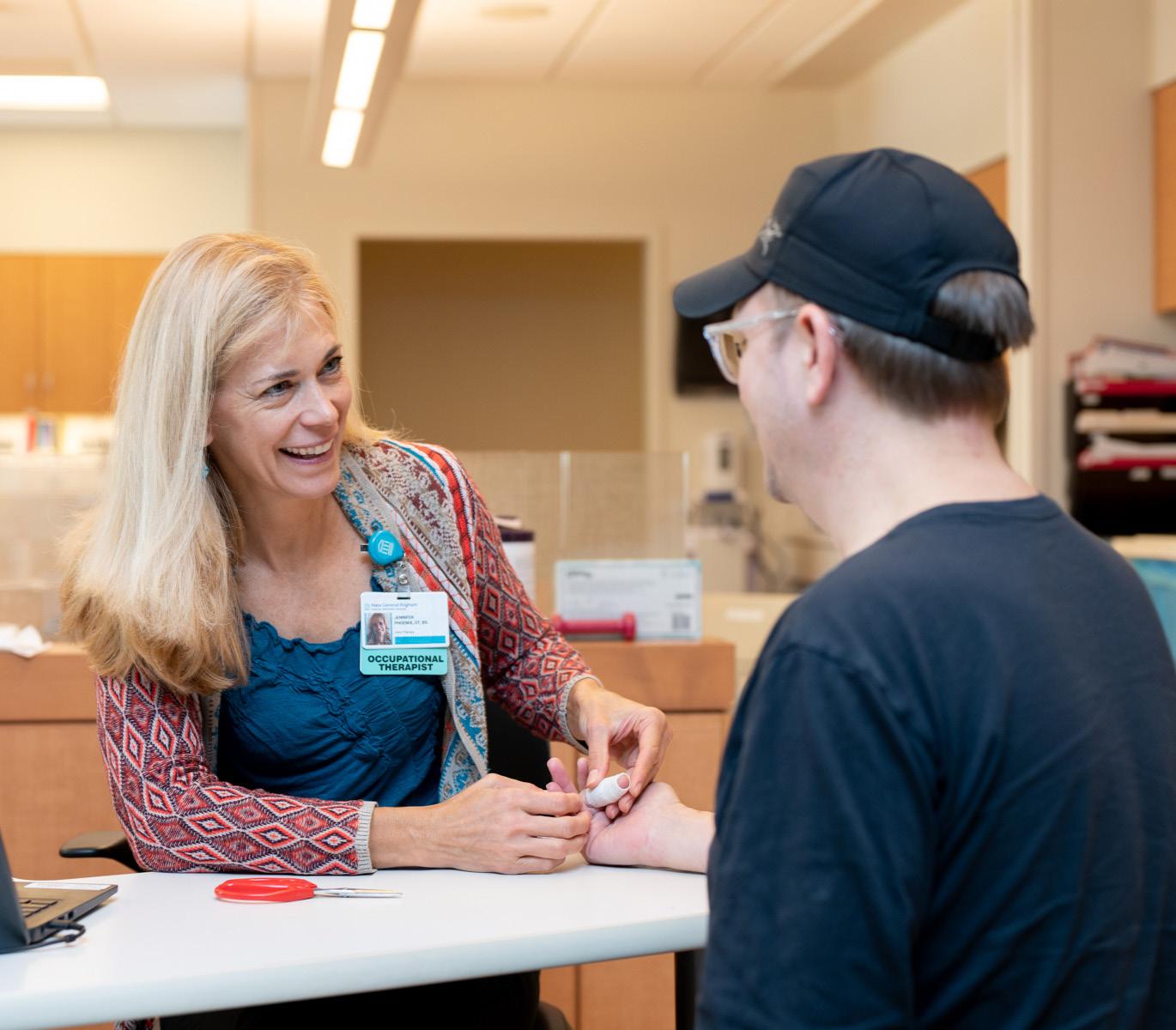
In her work as a surgeon, she’s been at the forefront of advances from robotics and navigation systems to endoscopic surgery to motion preservation. “Yet only a very small percentage of people who come through the Spine Center end up having spine surgery,” she explains.
Through the center’s unique multidisciplinary approach, “you’ll find the care you need all under one roof.” The expert team includes not only spine surgeons but also physical and occupational therapists, physiatrists, pain management specialists, and more—plus navigators to guide you.
“Everyone at the end of the day is an athlete,” she believes. “Whether you want to play high school sports or you want to take walks with your grandkids, people want to maintain activity.”
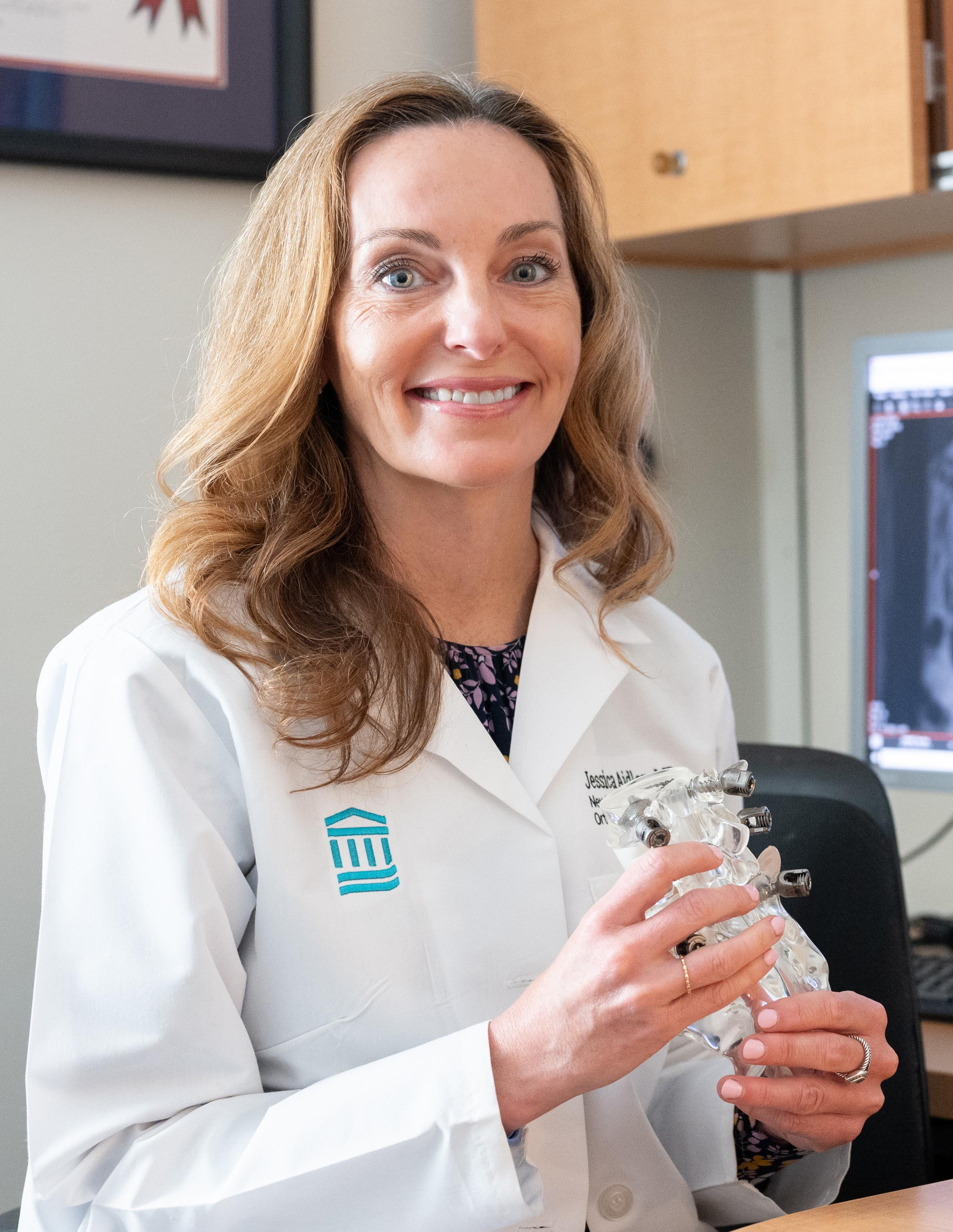
Exceeding expectations at Ortho Walk-In
From day one, the Orthopedic Walk-In has inspired patients to spread the word. It’s become a go-to resource for entire families. “I don’t know what we’d do without it,” says one parent.
“Millions of people live in between—having some arthritis and pain but not yet needing surgery,” Dr. Foster explains. “The idea of preservation is to create a center that can help all those patients who don’t need a hip or knee replacement,” he adds. “We want to help them now, to meet them where they are.”
For patients with joint pain, access to expanded options for state-of-the-art care and treatment holds the promise of a better quality of life and relief from living in discomfort.
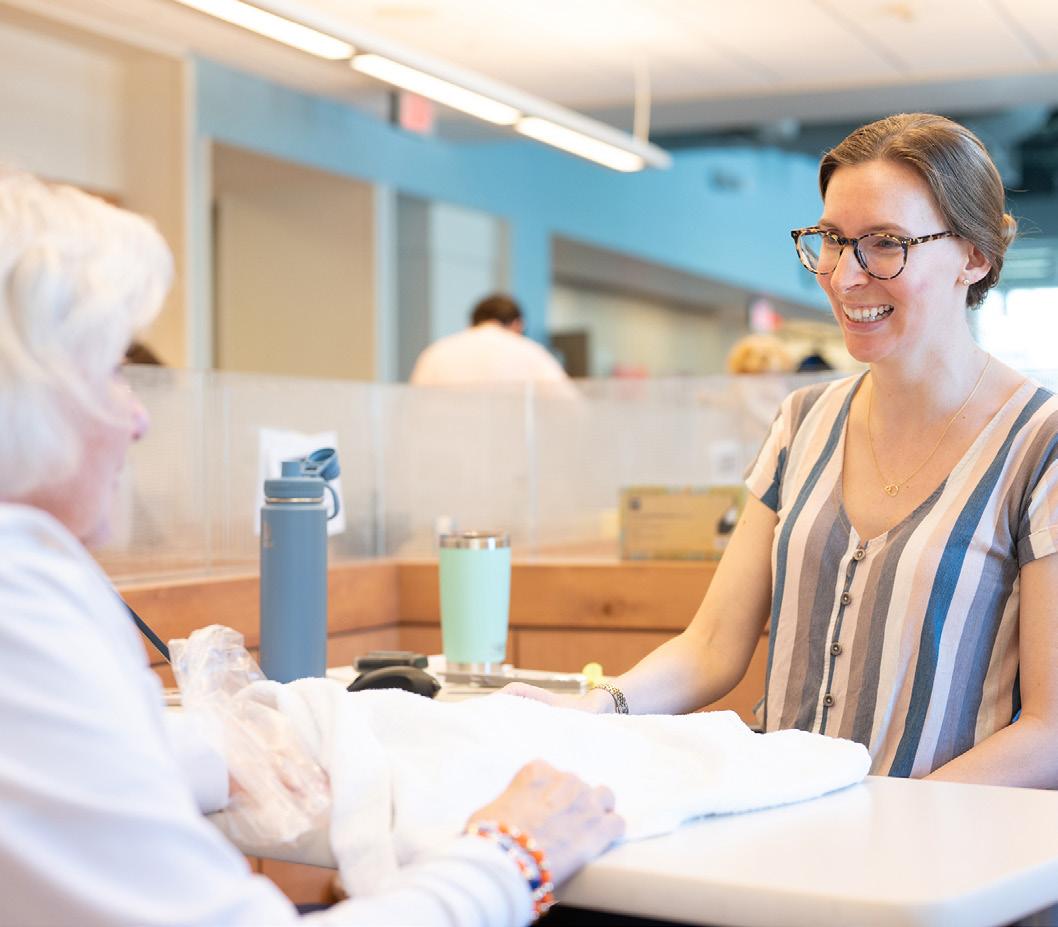
On the horizon
Like all fields of medicine, orthopedics has many unanswered questions.
“Your joints are coated with cartilage, and from the day you’re born, you only have three millimeters in most joints. And once you wear through that, you’re down to bare bone,” Dr. Foster explains.
Is there a way to potentially reverse that wear and tear?
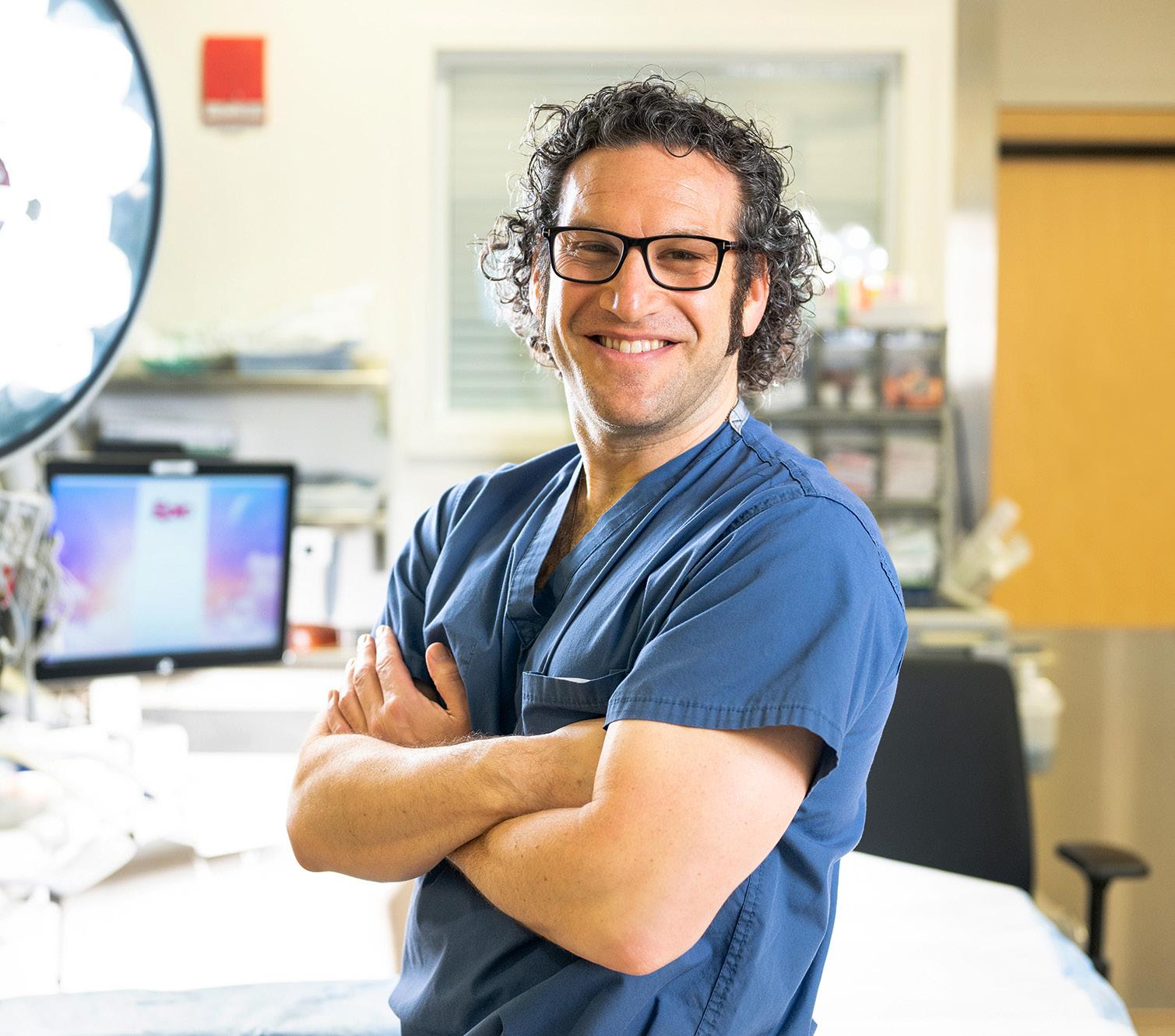
On the horizon, ongoing research into stem cells and platelet-rich plasma may yield answers. As Dr. Foster notes, “These are cells that come from your own body that can help to regenerate tissue.” It’s a subject he knows well, having written one of the early sentinel papers on platelet-rich plasma in 2009.
“We want to be on the cutting edge of the science to help preserve joints for our patients,” he says.
“The exciting part is that the science is in its infancy,” he adds. “The goal for the long term is to harness the energy of stem cells and platelet-rich plasma and molecular growth factors inside your body, so that your body has the ability to heal itself, or potentially someday to grow new cartilage.”
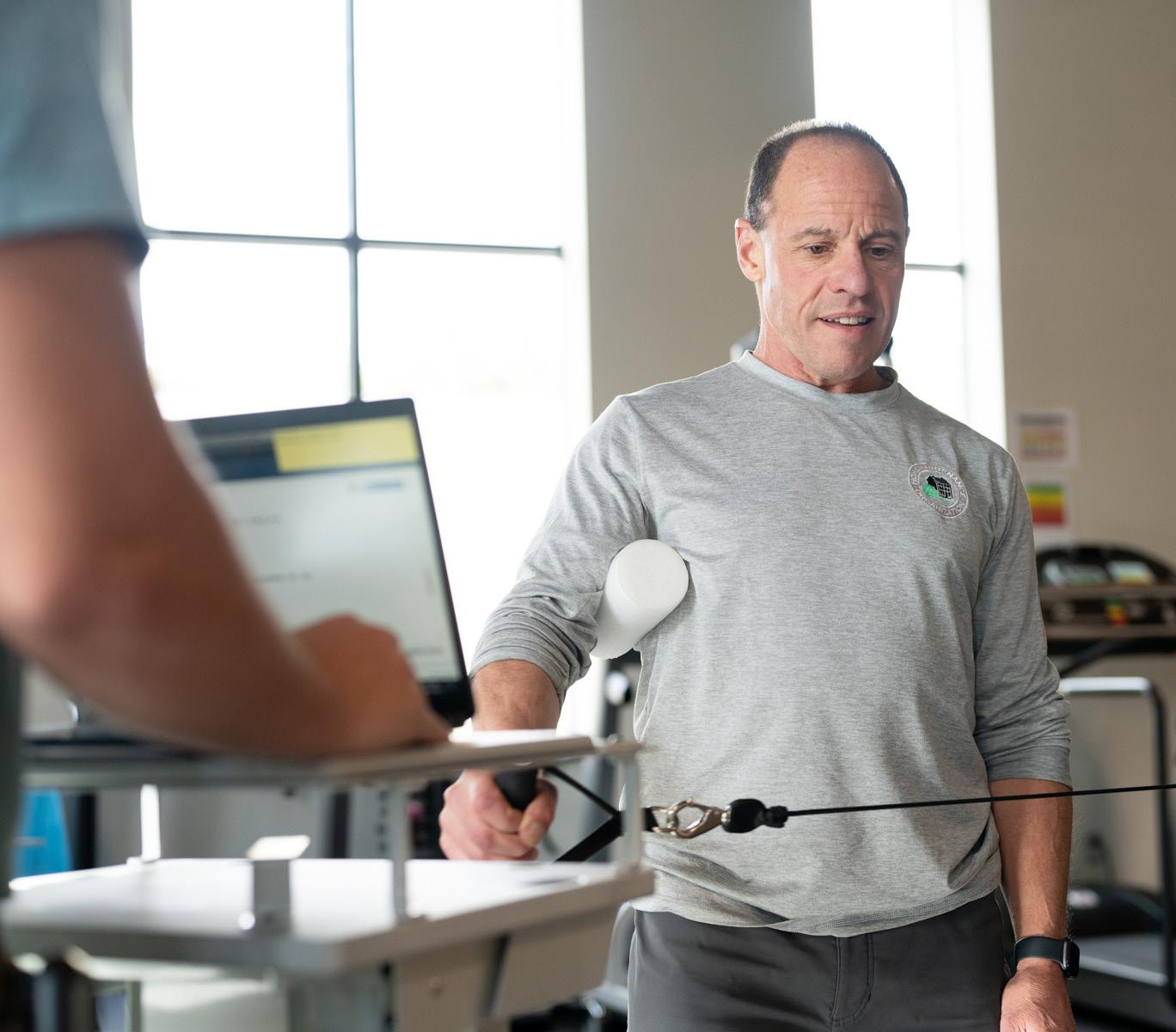
“That would change the entire trajectory for the patient,” he reflects.



